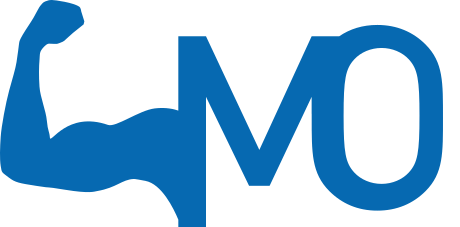Lack of exercise and the resulting stiffness and muscle weakness can cause or worsen shoulder pain. Shoulder mobility exercises are important in improving the function of the shoulder muscles.
Always consult a healthcare practitioner first, to determine if this shoulder exercise is good for you.
List of conditions which could have benefit from this shoulder exercise
A diagnosis or shoulder exercise prescription for the following conditions could only be done by a medical doctor or your healthcare practitioner. This list has merely been given to discuss with your therapist.
- Mechanical shoulder pain, neck pain, middle back pain, upper back pain.
- Shoulder bursitis, shoulder tendinitis, shoulder rotator cuff injury, frozen shoulder, shoulder impingement syndrome. supraspinatus tendinitis, infraspinatus tendinitis, biceps tendinitis
General tips for shoulder mobility exercises
- Frequency: These exercises are effective for creating mobility in the shoulder joint and gently moving the shoulder muscles. The frequency is typically 1-2 times daily. Doing more exercises than recommended is not always necessary or effective. Please discuss this with your healthcare professional.
- Combine: Instead of focusing on just one exercise, combine similar exercises for a more powerful effect. Three mobility exercises is the average recommended combination.
- Shoulder Pain: Pain is a warning signal. Never ignore pain. Shoulder exercises should be done with care as they may worsen your complaint. Do not continue with this exercise if you experience shoulder pain.
- Speed: Do not hurry. This shoulder exercise should be done slowly.
- Stay alert: Think about each movement in the shoulder exercise rather than doing this exercises automatically.
- Overuse: Shoulder pain is most commonly the result of overuse and repeated or prolonged movements of the shoulder muscles, tendons, ligaments or joints. This overuse can result in a strain (muscle injury), a sprain (ligament injury), or inflammation of the associated joints.
- Posture: Focus on a good posture to prevent or minimize shoulder problems. Even a small postural change can make a huge difference. The most important thing to remember is that the best sitting posture is a variable posture. Change your posture every ten to fifteen minutes!.
- Risk factors: The risk of shoulder injury increases with age and shoulder injuries are more common with certain sports and occupations. Athletes who use repetitive arm motions, such as baseball players and tennis players, have a greater risk of getting a shoulder injury. Occupations such as carpentry or painting that require repetitive arm motions, often overhead; result in increased pressure on the shoulder joint over time and increased risk of injury.


